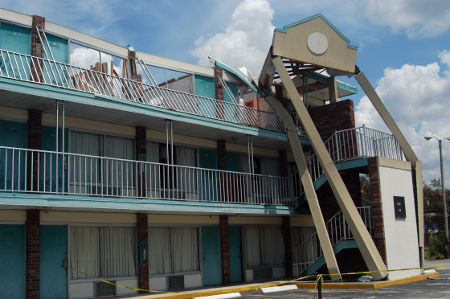Related Posts



You are about to leave Risk Strategies website and view the content of an external website.
You are leaving risk-strategies.com
By accessing this link, you will be leaving Risk Strategies website and entering a website hosted by another party. Please be advised that you will no longer be subject to, or under the protection of, the privacy and security policies of Risk Strategies website. We encourage you to read and evaluate the privacy and security policies of the site you are entering, which may be different than those of Risk Strategies.


The 2018 hurricane season has suddenly sprung to life and if you find yourself in the middle of it you’ll never forget it. Catastrophic storms and the uncertainty and anxiety that washes over you. Add to that the damage and destruction and it can be overwhelming.
Property owners in coastal and inland communities in the path of these monster storms face a potential mountain of post-storm issues, including navigating their windstorm deductibles.
According to the Property Claim Services unit of the Insurance Services Office ISO, between 2007 & 2016 estimated insured property losses totaled more than $44 billion dollars and those losses triggered recording-setting deductibles. Nineteen states, including the District of Columbia, have hurricane deductibles. While those who live or own property in Florida, the Coastal Atlantic or Gulf states, likely have some familiarity with the nuances of these deductibles, those living further away, yet potentially still in a wind damage or hurricane zone may not.
Making Sense Of Your Deductibles
There are a lot of moving parts to most wind damage policies. You might, for instance, focus on the deductible percentage but overlook what the insurance company deems as the coverage ‘trigger’ to a weather event. When a storm hits, it all matters.
Generally wind damage deductibles are broken down into three categories:
Wind damage deductibles amounts are usually set at between one and five percent of the buildings total insured value. Unsurprisingly, the premiums reflect the percentage chosen for hurricane deductibles, the higher the percentage and broader the trigger, the lower the premium. For example, the premium offered for a 5% wind/hail deductible will be less than the premium offered at 1% hurricane deductible.
Some states allow policyholders to pay higher premiums in return for a traditional fixed-dollar deductible, but in some higher risk coastal areas though, and depending how close to shore the property is, insurers will NOT give a policyholder the higher premium option.
The weather event ‘trigger’ selected by the insurance company plays a key role as it determines under what circumstances the percentage deductible applies.
Multi-Structured Properties
Real estate portfolios with multiple buildings in ONE location, (say, an office park or apartment complex), can either have a per-building deductible or a location deductible. A location deductible encompasses the total insured value of that location, while a per-building deductible is triggered ONLY for the affected buildings. These deductibles don’t apply in every state, so if you have a multi-structured property you should consult with your broker.
The Role of Analytics
With advances in technology, analytic modeling platforms can provide a better understanding of the financial implication for a portfolio’s various catastrophe loss events (Hurricane, Earthquake, Hail, Tornado, Flood, etc.). This technology can not only assist in helping understand the impact of the deductible financially, but also assists in marketing the program to the insurance marketplace to ensure they get the most competitive options.
Navigating your deductibles is a critical element to your insurance, regardless of the time of year your property policy renews. Make sure you review all options with your agent to ensure you understand the full spectrum of risk you are assuming in the event your windstorm deductible is triggered.
When it comes to your insurance, don’t get lost in the storm of fine print. Connect with a Risk Strategies Real Estate Practice expert today.
The contents of this article are for general informational purposes only and Risk Strategies Company makes no representation or warranty of any kind, express or implied, regarding the accuracy or completeness of any information contained herein. Any recommendations contained herein are intended to provide insight based on currently available information for consideration and should be vetted against applicable legal and business needs before application to a specific client.


